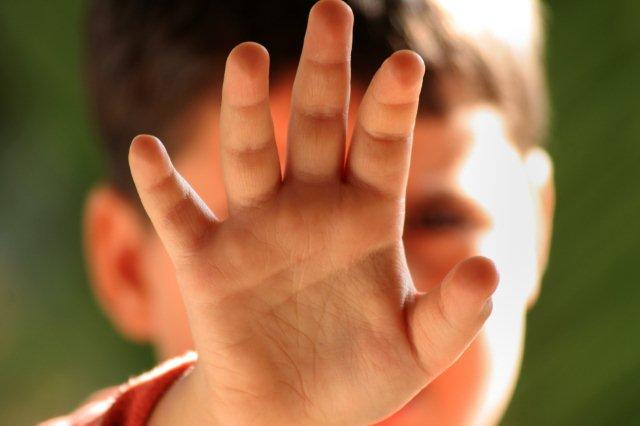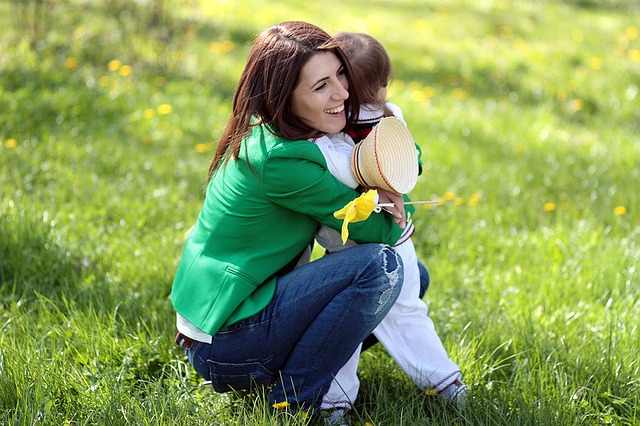What are the common bone-related conditions in babies and children? In part two of this article, Dr Wong Chin Khoon, Paediatrician at SBCC Baby & Child Clinic (Tiong Bahru) explains two orthopaedic conditions – Scoliosis and Erb’s Palsy. Read part one here: Orthopaedic Conditions in Babies and Children (Part I)
1. Scoliosis

What is Scoliosis?
Scoliosis is the abnormal curvature of the spine to either side. It is commonly detected when the child is screened by the school health service in upper primary or secondary school during the growth spurt of the pubertal years. The child may have uneven shoulders, waist or hips that give hint to the underlying problem.
What causes it?
There are 2 types of scoliosis – Non-structural (Postural) and Structural scoliosis.
Non-structural scoliosis may be due to lower limb-length discrepancy, muscular spasm or poor posturing. It is usually mild and correctable.
The cause of the majority of the structural scoliosis is unknown (idiopathic), which accounts for about 80% of the cases. Other causes include neuromuscular conditions (e.g. cerebral palsy, muscular dystrophy), bony abnormality (e.g. hemi-vertebra, spina injury).
Scoliosis affects both boys and girls equally but girls are more at risk of worsening scoliosis. There may be a family history of scoliosis although most don’t. Besides the appearance of a curve back and backache, severe scoliosis may result in the crowding of the chest, affecting the heart and the lung function.
How can it be treated?
Scoliosis is usually evaluated with X-ray and severity measured by the degree of curvature of the spine. For mild scoliosis, most children do not need treatment. The aim of management is to prevent progression of the curvature. This is achieved by regular reviews by the doctor until the bone growth matures at the end of puberty. Decision to treat will depend on age, stage in puberty, severity and the location of the scoliosis. Treatment includes observation, wearing a back brace or surgery.
2. Erb’s Palsy
What is Erb’s Palsy?
Erb’s palsy is a paralysis of the arm caused usually (but not exclusively) by birth injury to the arm’s main nerves, specifically the stretching and/or severing of the 5th & 6th cervical nerves (neck). This results in the inability of the baby’s arm to move and is observed to have the affected upper limb internally rotated and limp.
It is commonly associated with a large newborn, breech presentation, difficult delivery or instrumentation during delivery. Less commonly, there are also intra-uterine causes as well. Associated findings include collar bone fracture, facial nerve injury, torticollis or cephalohematoma.
What happens?
The baby is unable to use lift his arm away from the body as well as rotating it outwards. Active massage and physiotherapy to prevent stiffening and atrophy of muscles should be started soon. Electrical stimulation may be helpful. Involvement of a pediatric neurosurgeon or orthopedic surgeon is usually necessary to provide early assessment, to determine any associated injuries and initiate necessary investigations.
What can be done?
Prognosis depends on whether nerve is stretched or severed. High-resolution MRI helps to see the extent of the nerve damage and electro-diagnostic tests (nerve conduction test and electromyography) give doctor information about the function of the damaged nerves.
Erb’s Palsy due to stretching of the nerves is usually transient and recovers within a few weeks. For the more severe ones, physiotherapy and occupational therapy are needed. Neurosurgical intervention (nerve re-attachment etc.) may be needed and long term outcome is guarded in such cases.
Practice Address
SBCC Baby & Child Clinic
Blk 26 Jalan Membina #01-05
Singapore 161026
Tel: 6276 5700
This article was first published in The New Age Parents e-magazine
* * * * *
Looking to reach over 100,000 parents in Singapore? Let us amplify your message! Drop your contact details here, and we’ll reach out to you.
Discover exciting family-friendly events and places to explore! Join our Telegram channel for curated parenting recommendations.














































